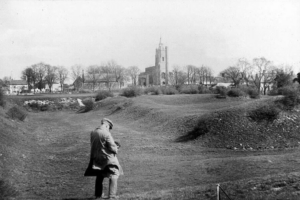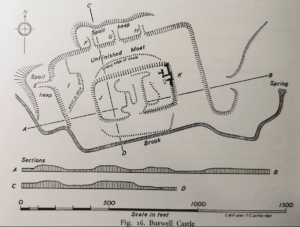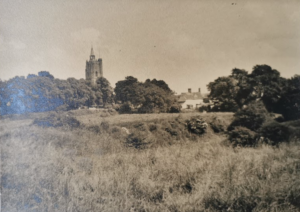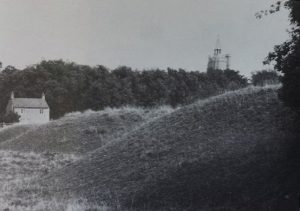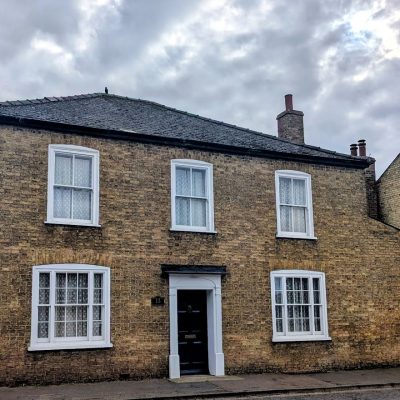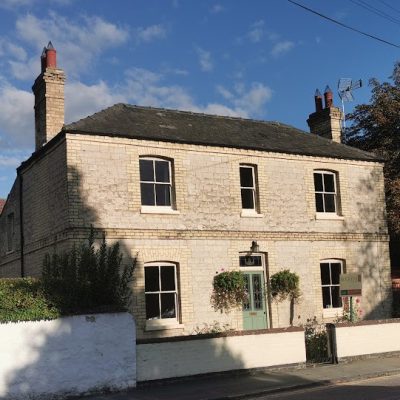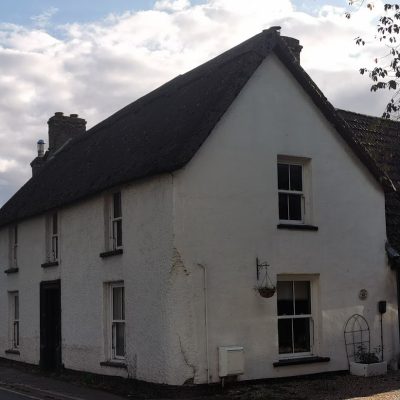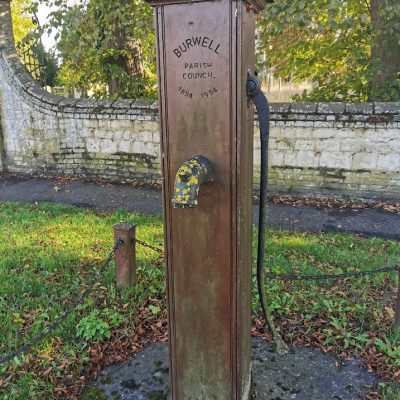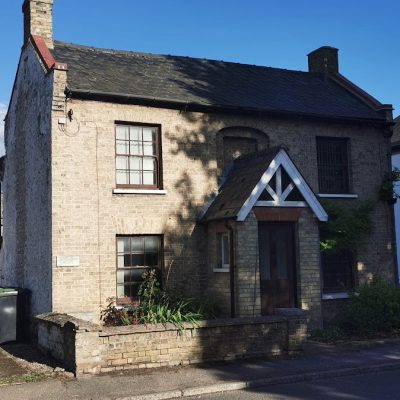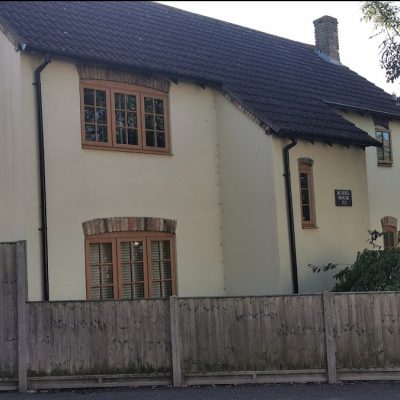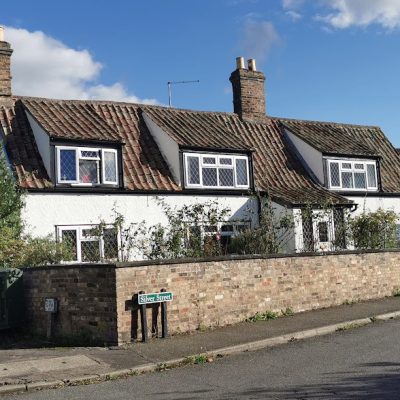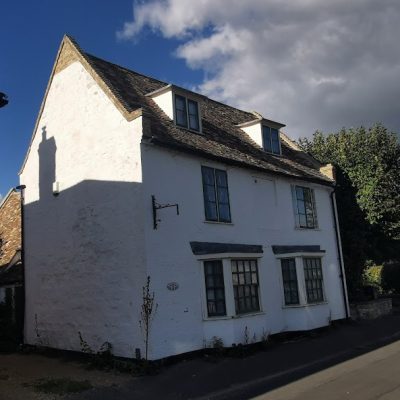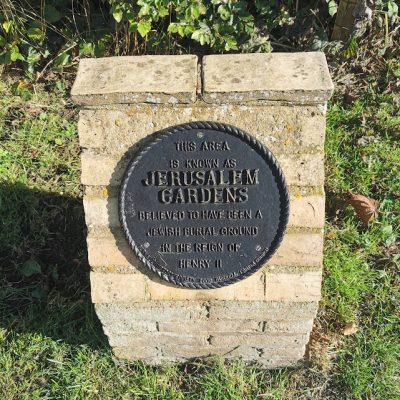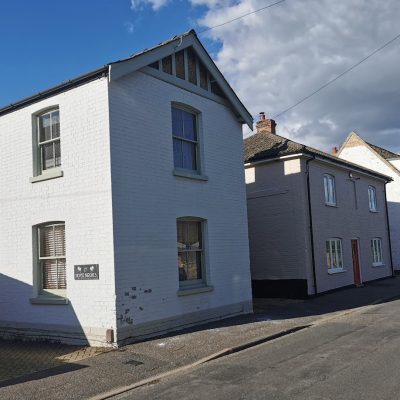Search by topic
- archaeology
- Building of Local Interest
- chapel
- charity
- church
- crime
- dressmaker
- fire
- Great Eastern Railway
- Listed building
- Mapping Relief
- medieval
- oral history
- poverty
- Public House
- Religious House
- Roman
- scholar
- school
- Then and Now
- tudor
- women
- work
- world war one
- world war two
Search by text
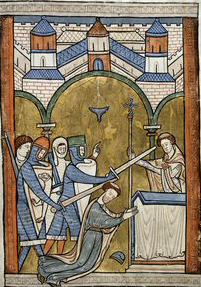 Geoffrey de Mandeville 12th century
Geoffrey de Mandeville 12th centuryBurwell Castle
History of Burwell Castle
Burwell Castle represents an unusual departure from the more standard oval or rounded mottes of this period, although the intended details of its final appearance are difficult to judge from its incomplete state. The castle is, however, well preserved and all the more interesting on account of the unfinished nature of the work. The motte, the moat and the heaped soil outside, contain valuable evidence for the method of construction, and artefacts found in these contexts will provide information regarding the duration of military activity – perhaps reinforcing the documentary references to the part which it played during the period of 12th century civil war known as `The Anarchy’. The imposition of the castle over an existing settlement is particularly interesting, providing significant insights into the nature of society at the time.
Burwell Castle was built in 1143 by Stephen I of England on the site of a former Roman villa.
Geoffrey de Mandeville, Earl of Essex, attacked Burwell in 1144 when the castle was still unfinished, but during the operation he was hit by a crossbow bolt; he retired to nearby Mildenhall, where he died from the injury. After Geoffrey’s death the castle was never completed, although a stone gatehouse was completed on the site, suggesting a period of further occupation. The Abbot of Ramsey built a chapel on the site around 1246, and the site was finally abandoned in the 15th century.
Contribute
Do you have any information about the people or places in this article? If so, then please let us know using the Contact page or by emailing capturingcambridge@
License
This work is licensed under CC BY-NC-SA 4.0





